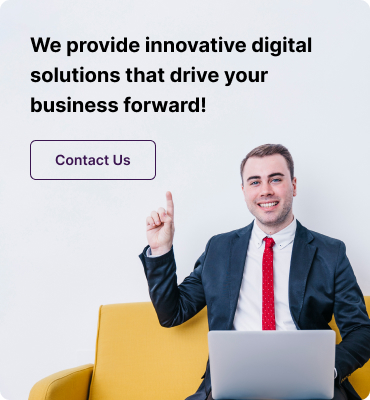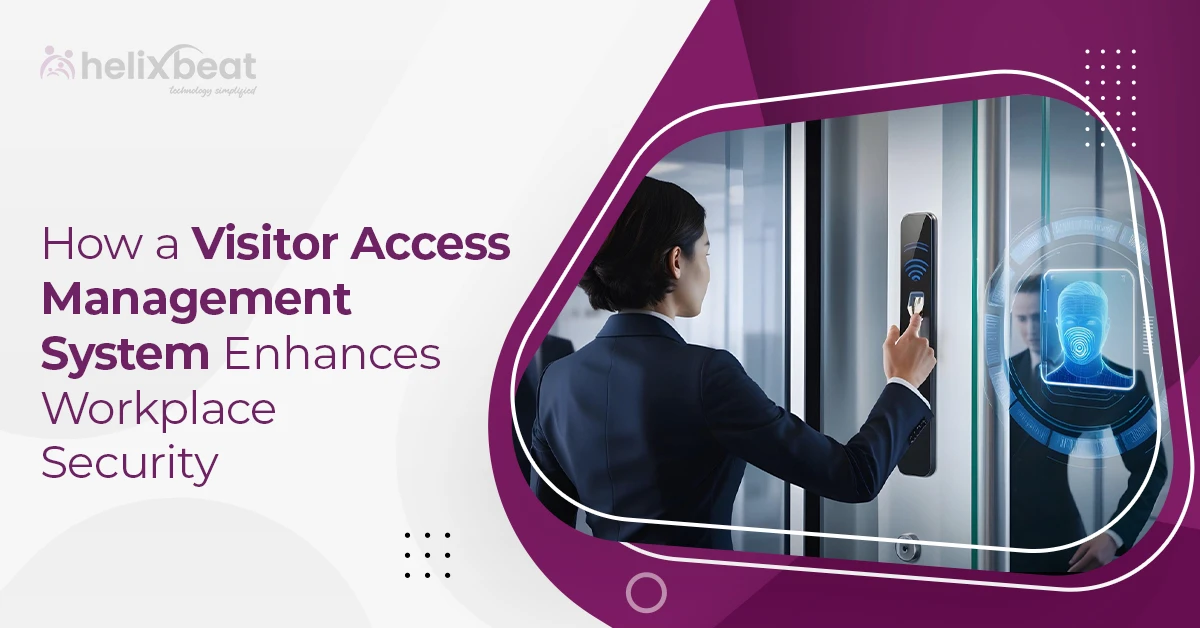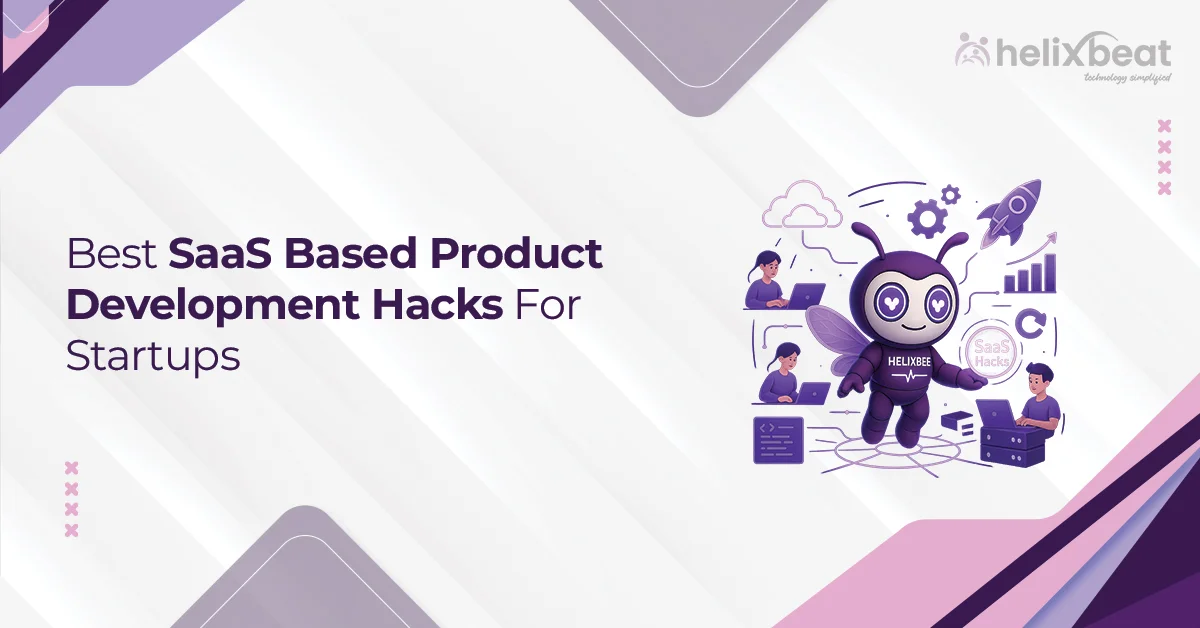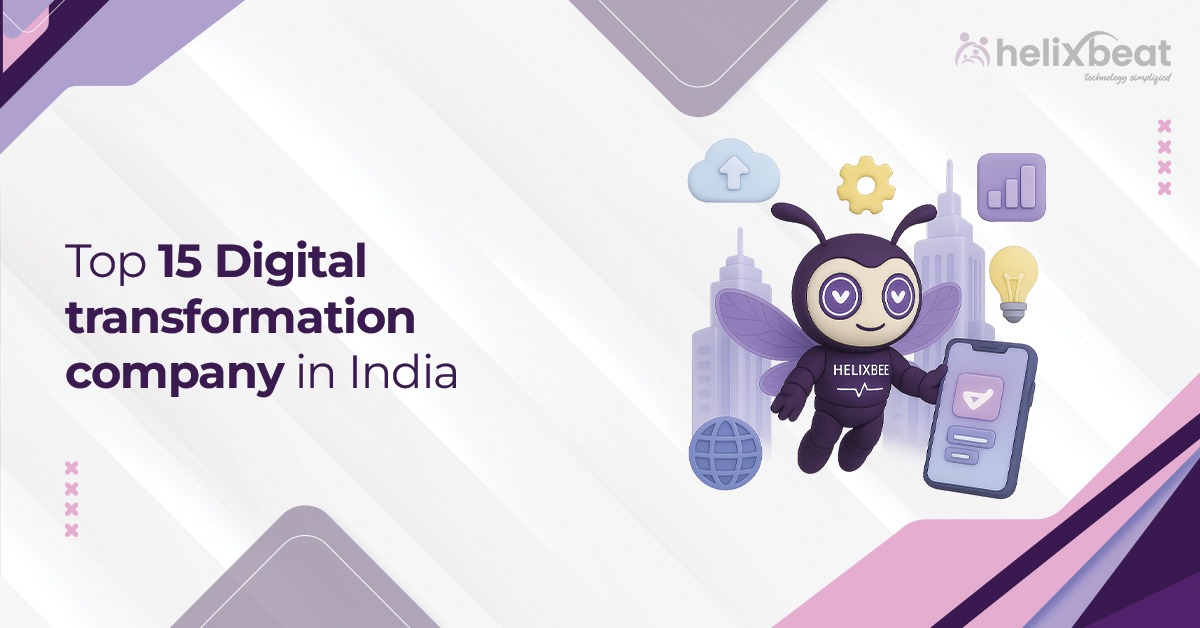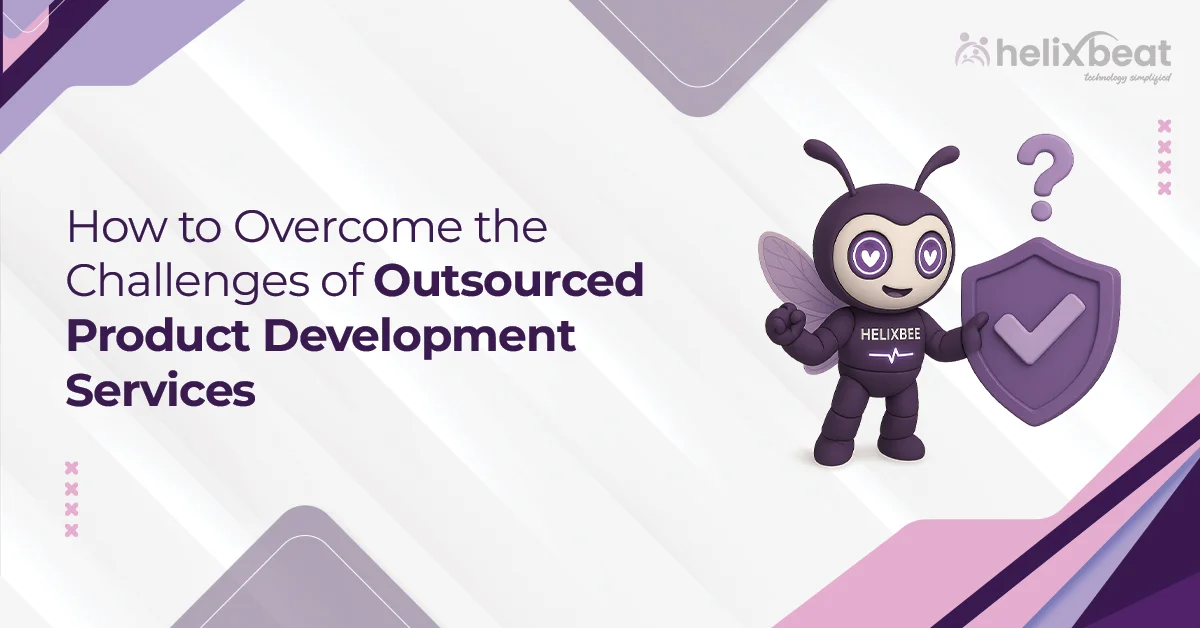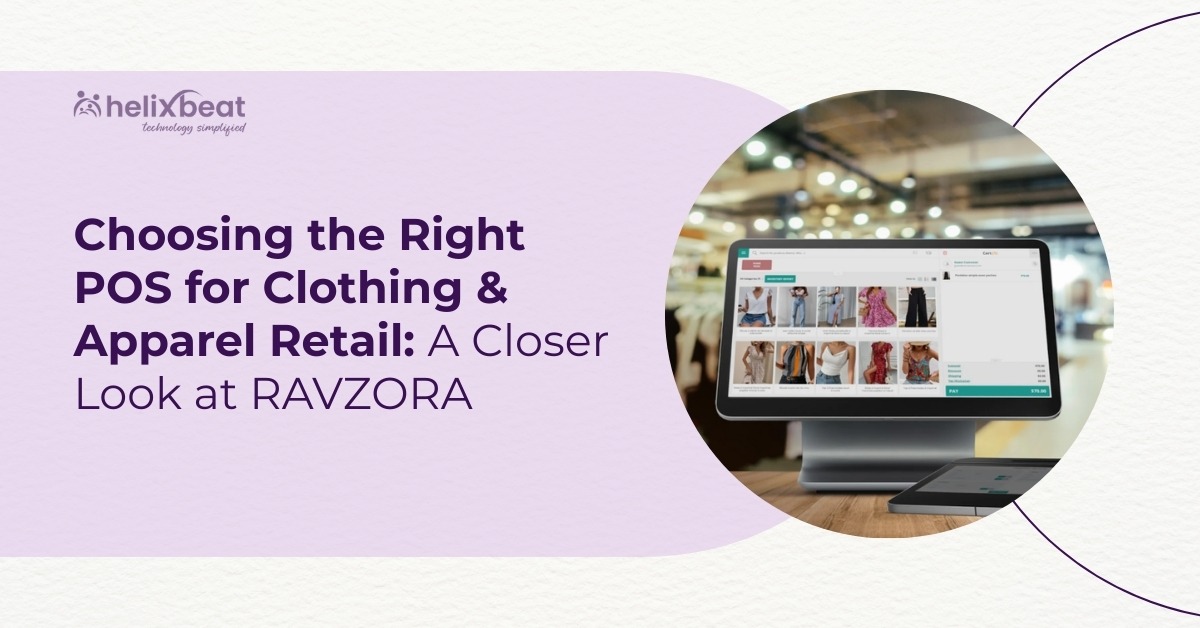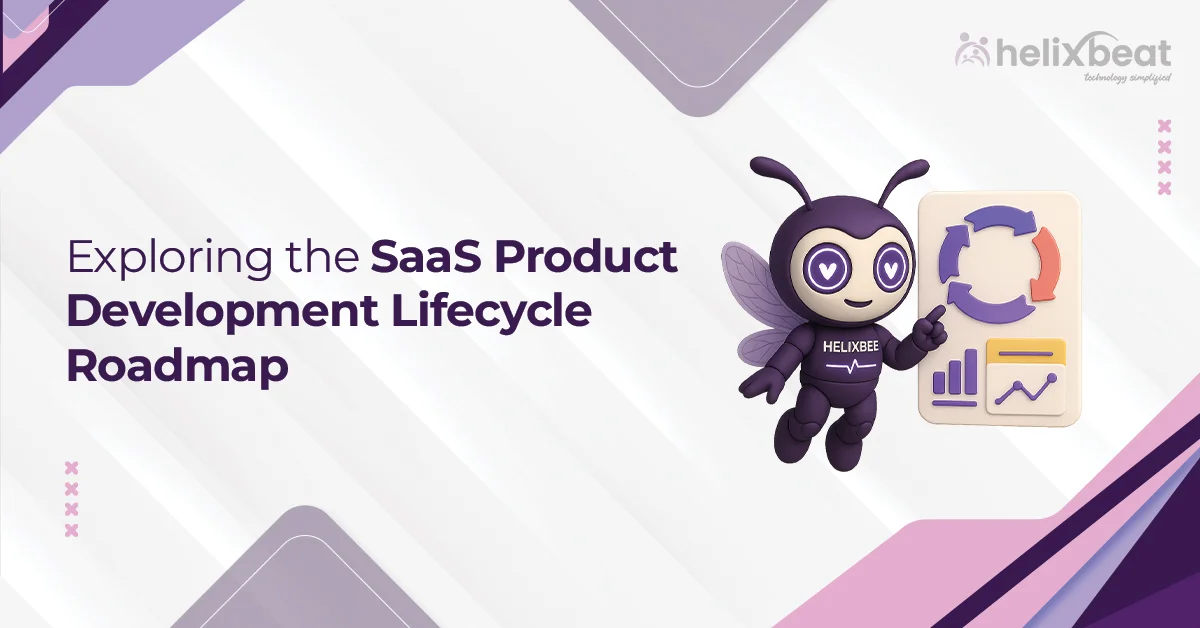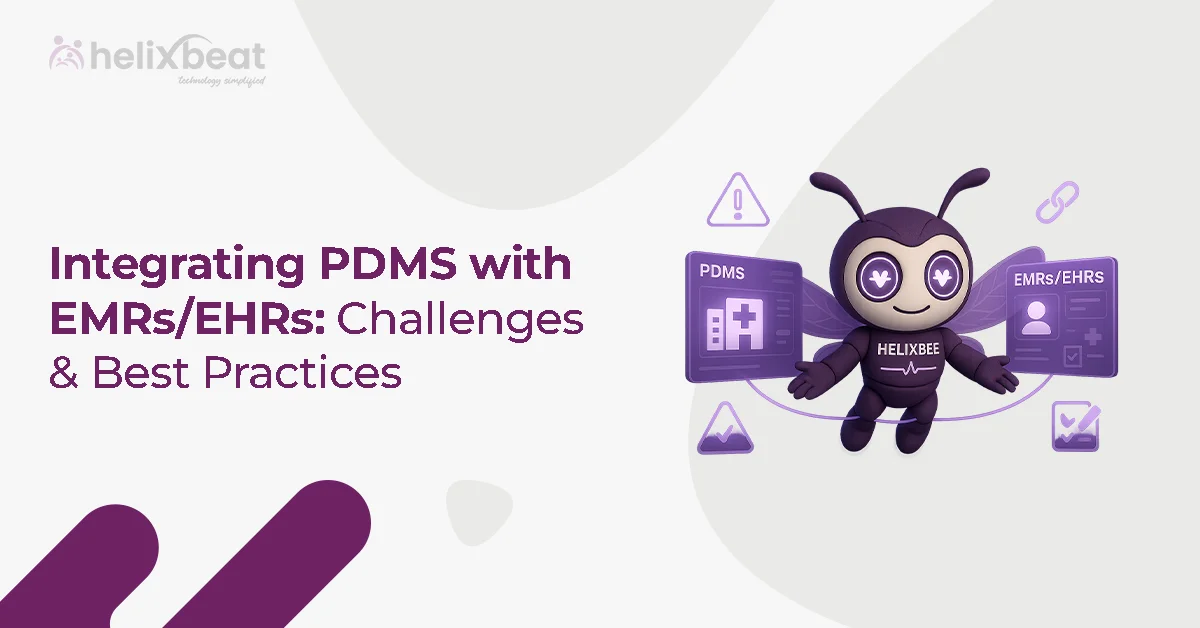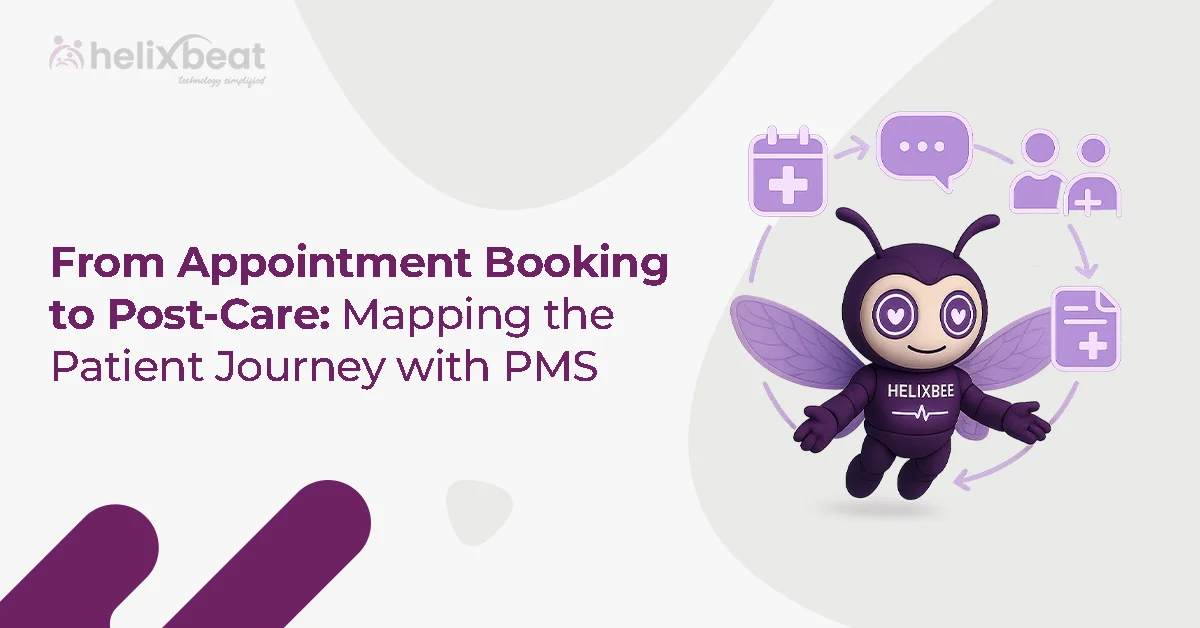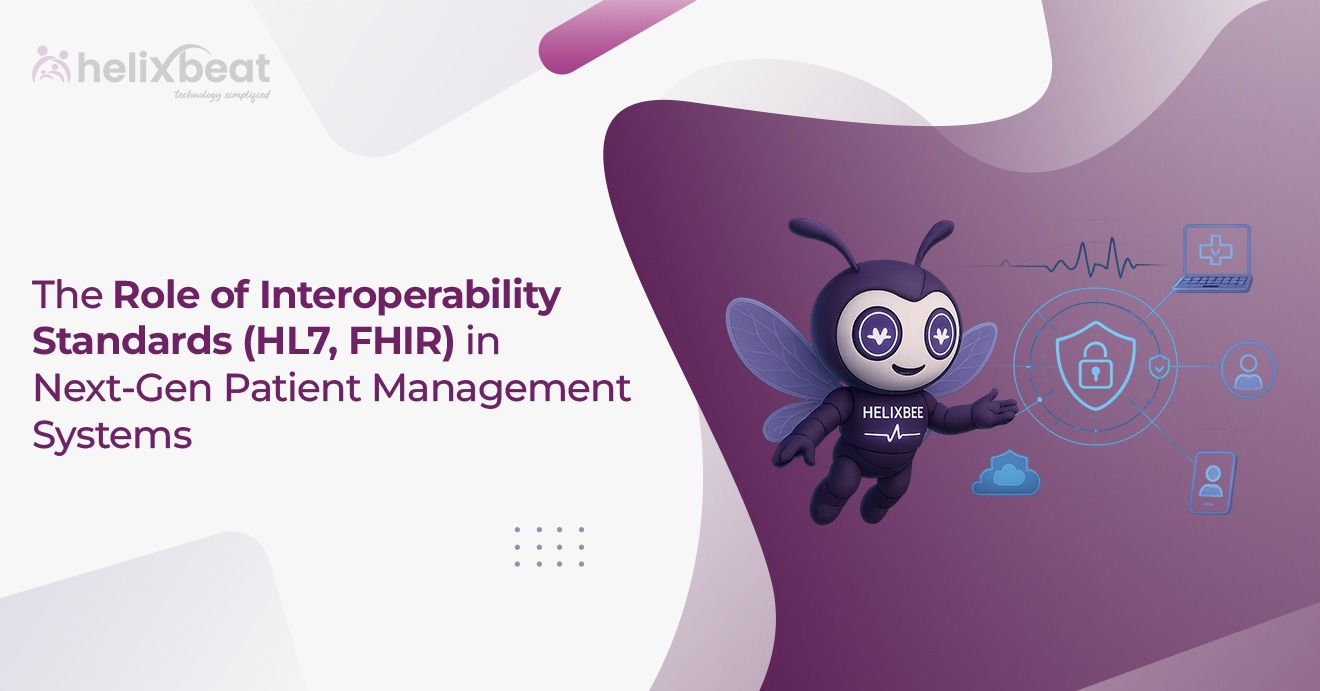Workplace security is critical to everyone in an organization, impacting everything from employee well-being to productivity. That’s not to mention the potential losses—economic and otherwise—that rise from cyber-attacks and data breaches.
And of course, you can’t put a price tag on preventing workplace violence.
In short, workplace security impacts everyone, all the time. Therefore, it requires proper vigilance and the right policies to keep all workers and assets safe. This is becoming an increasingly complex task, especially because workers and assets are now more likely to be spread out across multiple locations.
As organizations face these growing challenges, it’s clear that traditional methods of monitoring visitors and employees aren’t enough. Enter the world of Visitor Access Management Systems (VAMS) — an innovative tool that offers features that protect both your sensitive data and physical premises.
In this blog, we’ll know how implementing a Visitor Access Management System can significantly change your workplace security.
Table of Contents
The Importance of Workplace Security
Most people equate workplace security with the use of surveillance cameras and security guards. However, as times change and modern digitalized, companies get to know the importance of advanced solutions in visitor access. Most breaches occur at the physical level, rather than at the digital level.
For instance, take the example of a technology company in 2019, where an unauthorized visitor entered the building by using a forged identity badge. Once in the building, the person hacks into the company’s network and manages to steal some sensitive customer information. This kind of breach was not only expensive but also dented the company’s reputation pretty badly.
Workplace security vulnerabilities commonly include:
- Unauthorized access to restricted areas – This could be an employee or visitor entering areas they shouldn’t be in.
- Data breaches – With physical and digital security linked, a breach in one area often leads to vulnerabilities in the other.
- Physical security threats – Even in high-tech environments, physical security remains a serious concern, especially in large facilities with multiple access points.
While traditional visitor management systems can track who enters and exits your building, Visitor Access Management Systems (VAMS) are the next step in securing sensitive data and safeguarding your workplace. These systems combine the best of both physical and digital security to make sure your premises are as protected as possible.
What Is a Visitor Access Management System?
Workplace security is about a lot more than simply protecting your office building from break-ins.
Specifically, workplace security is about continually protecting workers, both in-office and remote, along with all assets, data, and networks, including the building automation system.
Today, business owners and facility managers (FMs) also need to contend with cybersecurity, information security, and asset security.
A Visitor Access Management System (VAMS) is designed to help businesses control and restrict visitor access to specific areas within a facility. By integrating with physical access control systems like doors, gates, or turnstiles, these systems ensure that visitors can only enter authorized areas based on permissions.
The key function of a VAMS is not just to track visitors but to actively control access in real-time. These systems use a variety of technologies such as identity verification, role-based access control, and real-time tracking to ensure only authorized individuals are allowed in restricted areas. They are designed to work seamlessly with physical security systems, enhancing overall workplace security.
Key Functions of a Visitor Access Management System:
- Identity Verification: Ensuring that visitors are properly identified through ID scans, biometrics, or facial recognition.
- Role-Based or Time-Bound Access Control: Assigning specific access based on the visitor’s role or the time of day, ensuring that only authorized visitors can enter specific areas.
- Integration with Access Control Hardware: VAMS systems work in tandem with physical barriers such as turnstiles, doors, and gates, ensuring visitors are allowed only into designated areas.
- Real-Time Tracking of Visitor Movement: Monitoring visitors’ movement within the facility to ensure they don’t stray into unauthorized areas.
- Alerts for Unauthorized Access: If a visitor attempts to access a restricted zone, the system will immediately send an alert to the security team.
By offering these capabilities, a VAMS not only enhances security but also ensures that the visitor experience is smooth and efficient.
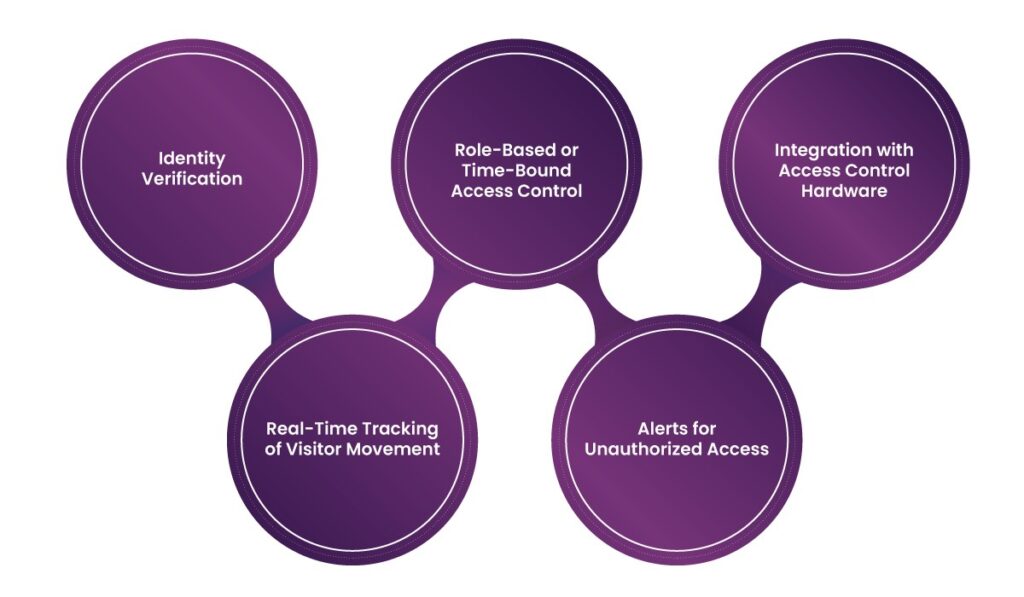
How Does a Visitor Access Management System Differ from a Visitor Management System?
At first glance, a Visitor Management System (VMS) and a Visitor Access Management System (VAMS) may seem similar. Both are designed to track and manage visitors to a workplace. However, the key difference lies in the level of security and control each provides.
- Visitor Management Systems (VMS) primarily focus on visitor registration, check-in, and logging. While they help businesses track visitors and maintain logs, they do not typically control access or integrate with security systems.
- Visitor Access Management Systems (VAMS) take things a step further by combining traditional visitor management with advanced access control and identity verification features. These systems ensure that visitors not only check in smoothly but are also restricted to the areas they’re authorized to enter, enhancing both physical and digital security.
Essentially, while a VMS helps businesses keep a record of visitors, a VAMS offers enhanced security layers that control access to sensitive areas and ensure only the right individuals have entry.
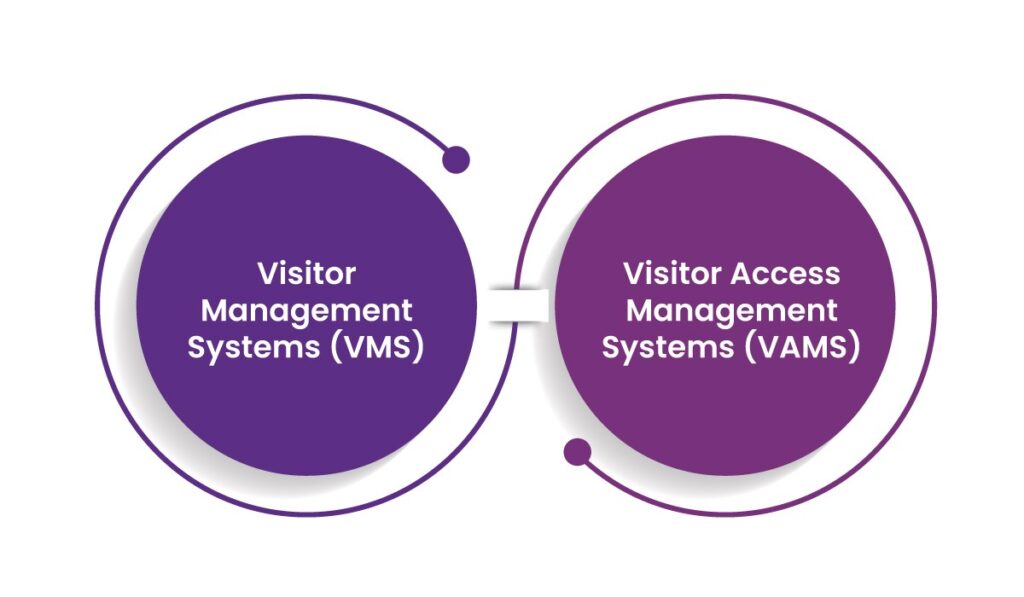
Key Features of a Visitor Access Management System for Workplace Security
Now that we understand the difference between a VMS and a VAMS, let’s dive into the key features that make a Visitor Access Management System a vital tool for workplace security:
1. Registration and Pre-Registration
Visitors can register online before their visit, providing essential details such as name, company, and purpose of the visit. They can even receive QR codes or appointment confirmations to streamline the check-in process. Pre-registration not only makes things easier but also ensures that all visitors are properly documented before entering the facility.
2. Identity Verification
Security starts with identity verification. By incorporating ID scans, biometrics, or even facial recognition technology, businesses can be sure that the person entering the premises is who they claim to be. This additional layer of security prevents impersonation and helps identify any suspicious individuals before they gain access.
3. Access Control
Once a visitor has been verified, the VAMS system uses role-based or time-bound access control to limit their entry to authorized areas only. For example, a contractor might only need access to a specific floor, while a guest might be restricted to the reception area. This ensures that sensitive areas remain off-limits to unauthorized individuals.
4. Integration with Access Control Hardware
A VAMS works hand-in-hand with existing physical security systems, like turnstiles, doors, and gates, to control entry points. The integration ensures that visitors can only enter certain areas once they’ve been verified, creating a seamless flow of security throughout the building.
5. Real-Time Tracking
With real-time tracking, security teams can monitor where visitors are within the building. This functionality ensures that visitors don’t wander into restricted areas, and if something goes wrong, the location of the visitor can be quickly pinpointed.
6. Alerts for Unauthorized Access
If a visitor tries to access an area they aren’t authorized to, the system instantly sends alerts to the security team. This quick notification allows security personnel to respond immediately, preventing potential breaches before they happen.
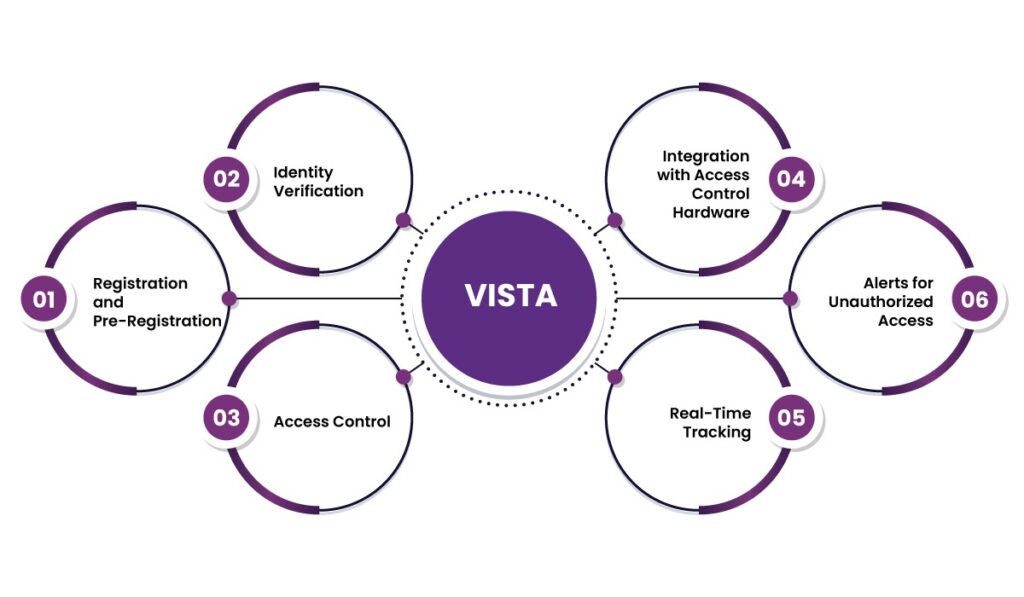
Case Study: Successful Implementation of Visitor Access Management System
TechSoft Solutions, a leading tech firm, was grappling with growing concerns over workplace security. Despite having a traditional visitor management system, the company experienced a wake-up call when an unauthorized visitor managed to access a restricted area. The visitor had checked in manually at reception and wandered into sensitive zones without real-time tracking or access control.
While security staff noticed the breach, there was a delayed response due to a lack of instant alerts. This incident highlighted vulnerabilities in TechSoft’s security infrastructure, particularly protecting sensitive data and proprietary intellectual property. The company realized that its current system could not adequately address modern security challenges, especially in a fast-paced environment dealing with confidential information.
In response, TechSoft implemented a more advanced Visitor Access Management System. The new VISTA system was designed to offer a comprehensive solution with touchless check-in, real-time notifications, pre-registration for visitors, and strict access control features. The transition streamlined the check-in process and drastically improved security by restricting visitor movement within the building, ensuring only authorized individuals could access sensitive areas. This shift marked a turning point in TechSoft’s approach to securing its workplace.
VISTA: The Latest in Visitor Access Management Systems
VISTA is one of the excellent systems in the market today. It is a step beyond visitor access management, revolutionizing workplace security. VISTA not only tracks visitors but also provides a layer of protection by eliminating general common security loopholes, reducing human error, and simplifying visitor check-in processes.
Here’s why VISTA makes a difference:
- Touchless Check-In: Through QR codes and self-service kiosks, VISTA provides for a contactless check-in of visitors. It is fast as well as helps in saving time, and does not make the visitor wait while eliminating human errors that can creep in through the manual process.
- Real-Time Notifications: The host is immediately notified when a visitor arrives, making it easy to approve or deny access right away. No more waiting around or losing track of who’s in the building.
- Pre-Registration for Visitors: VISTA allows visitors to pre-register online even before they enter the building, ensuring their check-in process will be quick and seamless when they arrive.
- Customizable Visitor Flows: From a small office to an enterprise, VISTA is tailored to fit your security needs so that the check-in process perfectly suits your business.
- Data Security: As data security becomes increasingly essential, VISTA ensures that your visitor data is secure with top-tier standards such as GDPR and CCPA.
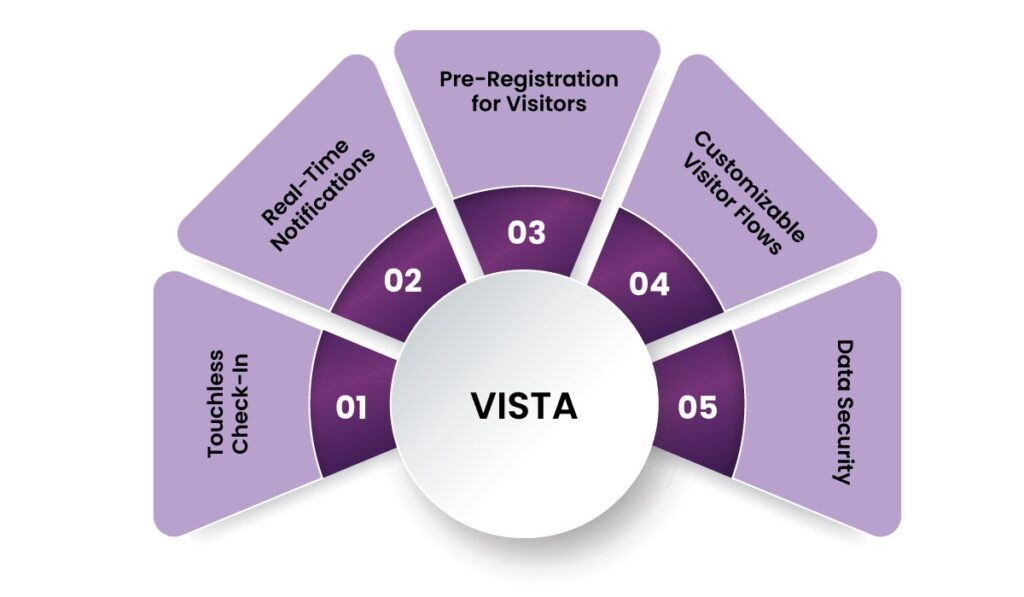
VISTA integrates easily into your existing access control systems while bringing robust security and the ability to adapt to your company’s changing needs. It is not just check-in guests; it’s to secure your workplace, reduce risk, and make it easy for everyone involved.
End thoughts,
Ultimately, the best way to maintain workplace security is to make it a priority. Also, to ensure your business has the visitor access management system, guidelines, tools, and training they need to help keep their workplace safe. Coupled with the right workplace tool, like VISTA. This can lead to offices that are safer, of course, but also more collaborative and productive.
Frequently Asked Question
- What is a Visitor Access Management System (VAMS)?
A VAMS is a system designed to control and monitor visitor access to specific areas within a facility, improve both physical and digital security.
- How does a VAMS improve workplace security?
It improves security by verifying visitors’ identities, controlling access to restricted areas, tracking movements in real time, and sending alerts for unauthorized access.
- What’s the difference between a Visitor Management System (VMS) and a VAMS?
A VMS focuses on visitor registration and tracking, while a VAMS includes advanced features like access control, identity verification, and real-time monitoring for enhanced security.
- Can visitors pre-register using a VAMS?
Yes, visitors can pre-register online, which streamlines the check-in process and ensures that all visitor details are recorded before they enter the building.
- How does identity verification work in a VAMS?
Visitors are verified using methods such as ID scans, biometrics, or facial recognition, ensuring that only authorized individuals can access your facility.
- How does a VAMS integrate with existing security systems?
A VAMS works alongside physical security systems like turnstiles, gates, and doors to restrict access to certain areas based on the visitor’s authorization.
- What happens if a visitor tries to enter a restricted area?
The system instantly sends an alert to security personnel, allowing them to respond quickly and prevent potential security breaches.
- Can a VAMS improve the visitor experience?
Yes, by offering touchless check-in, real-time notifications, and fast access, a VAMS makes the visitor experience more seamless and efficient.

